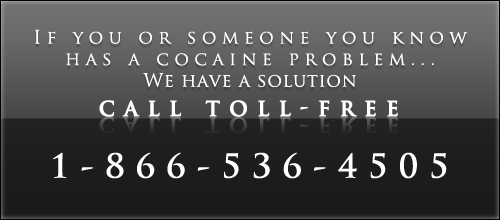Navigate
- International Drug Statistics
- Marijuana Statistics
- Nicotine Statistics
- Prescription Drug Abuse Statistics
- Statistics on Drug Abuse in America
- Statistics on Teen Drug Use
- Steroid Statistics
- Alcohol Statistics
- Cocaine Statistics
- College Drug Use Statistics
- Crack Statistics
- Drug Related Death Statistics
- Drug Trafficking Statistics
- Drug Statistics
- Drunk Driving Statistics
- Ecstasy Statistics
- Heroin Statistics
- Inhalant Statistics

Ecstasy Statistics

Ecstasy Statistics: About Ecstasy
* Typical doses of ecstasy range from around 80 to 160 milligrams of MDMA when taken orally.
* The amount ecstasy smuggled from Europe to the United States is worth more than $3 billion. Some comes from Britain or is trafficked by gangs with connections in the UK according to European police sources.
* Globally, ecstasy statistics show that Europe remains the main center of ecstasy production. Although, its relative importance appears to be declining as ecstasy manufacture has spread in recent years to other parts of the world, notably to North America (United States, Canada) and East and South-East Asia (China, Indonesia, Hong Kong). Although the Netherlands remained in 2004 the main source of ecstasy for Europe and the world as a whole, ecstasy laboratories were also uncovered in Belgium, Estonia, Spain and Norway. The ecstasy seized in the EU is reported to originate from the Netherlands and Belgium, and to a lesser extent Poland and the United Kingdom (Source: "Annual Report 2006: The State of the Drugs Problem in Europe," European Monitoring Centre for Drugs and Drug Addiction (Luxembourg: Office for Official Publications of the European Communities, 2006), p. 48.)
Ecstasy Statistics: Usage Data
* 10% of teens say that they have been to a rave and ecstasy was available at more than two-thirds of these raves.
* 28% of teens know a friend or classmate who has used ecstasy, with 17% knowing more than one user.
* About 5.5% of 19-22 year olds surveyed had used ecstasy in the previous year.
* About 8% of high school seniors surveyed had tried ecstasy at least once in their lives.
* In 2000, approximately 6.4 million people had tried ecstasy at least once in their lifetime.
* Among 12th graders, ecstasy use rose from 5.6% in 1999 to 8.2% in 2000.
* Ecstasy statistics report that use of this drug continued to rise among American teenagers in 2001, following sharp increases among young adults and adolescents in recent year. However, the rate of growth is finally beginning to slow. That result comes from the national survey in the Monitoring the Future series, conducted annually for the past 27 years by the University of Michigan Institute for Social Research, Ann Arbor, which included about 44,000 students in 424 public and private secondary schools.
* For comparison, in the 2004 US national survey on drug use and health, 4.6% of adults (defined as 12 years and older) reported lifetime experience with ecstasy and 0.8% reported last year use (the corresponding figures for the European Union are 2.6% and 0.9%). Among young adults aged 16–34 years, lifetime experience was 11.3%, and last year use 2.2% (5.2% and 1.9% respectively in Europe)." Source: "Annual Report 2006: The State of the Drugs Problem in Europe," European Monitoring Centre for Drugs and Drug Addiction (Luxembourg: Office for Official Publications of the European Communities, 2006), p. 51.
Ecstasy Statistics: ER Data
* Ecstasy related emergency room incidents increased nationwide from 250 in 1994, to 637 in 1997, to 1,142 in 1998, and 2,850 in 1999.
* Ecstasy statistics on emergency room visits involving ecstasy, or methylenedioxymethamphetamine (MDMA), increased 58% from 1999 to 2000, according to the Substance Abuse and Mental Health Services Administration's annual Drug Abuse Warning Network survey of more than 400 U.S. hospitals.
* One-third of ER cases overall involved patients aged 25 years or younger. At least 80% of Rohipnol- and MDMA-related cases, more than 70% of keramine-related cases, and 60% of g-hydroxybutyrate-related cases involved patients aged 25 years or younger.
